India In Pics: 10 Best Destinations for Wildlife Photography
From Kaziranga to Kabini wildlife safari, here’s a list of the 10 best destinations for wildlife photography in India.
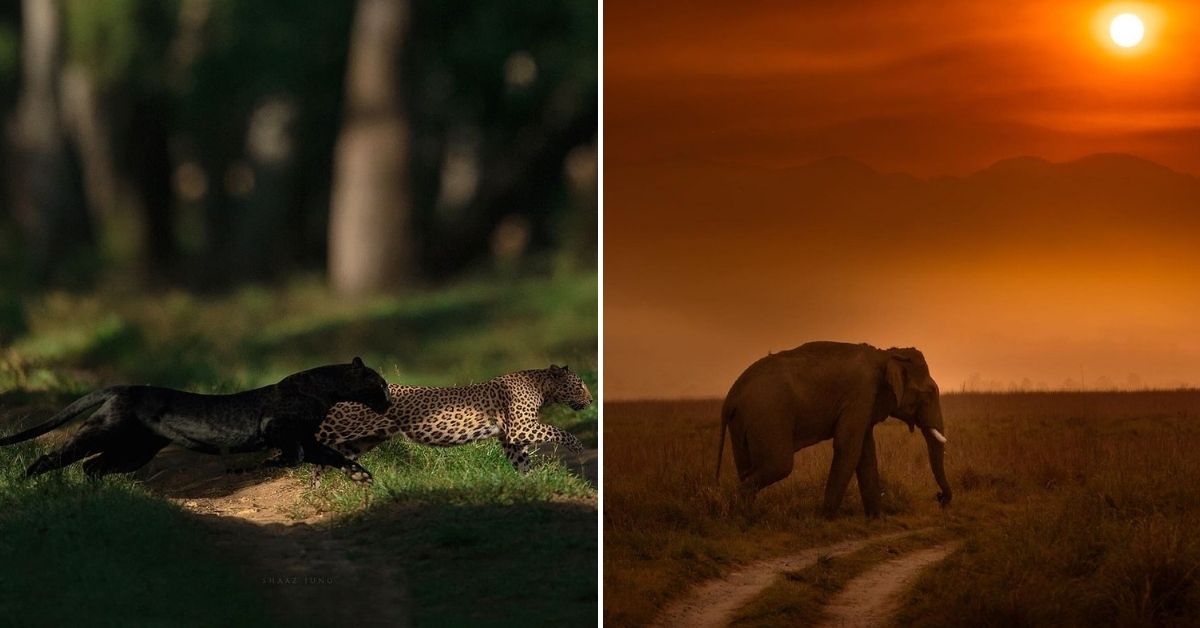
India’s vast topography and vivid fauna provide an extensive canvas for photographers to capture the magnificent wildlife in its natural habitats. From the Himalayas to the Western Ghats, there is a treasure trove of wildlife sanctuaries in the country.
The hundreds of national parks and wildlife sanctuaries across India are home to innumerable rare, endangered and vulnerable animal species, offering wonderful experiences to those who’d like to take note.
Here’s a list of the 10 best destinations for wildlife photography in India:
1. Jim Corbett National Park, Uttarakhand
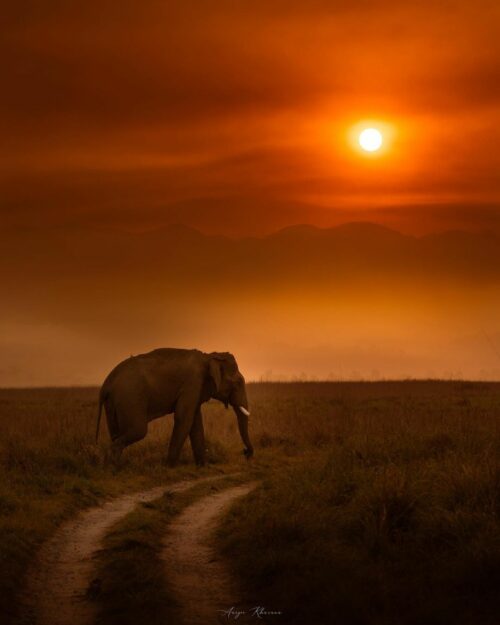
One of the most notable wildlife sanctuaries in India, the Jim Corbett National Park is located in the picturesque valley of Uttarakhand. The park is home to diverse fauna and is known for its sightings of Bengal tigers.
Other than the wild cats, the national park is also an abode for elephants and leopards. Different species of deer, Indian grey mongoose, Himalayan black bears, Yellow-throated martens, Indian pangolins, gorals, langurs and Rhesus monkeys are seen there making it a perfect spot for wildlife photographers and enthusiasts.
Photo credits: Aarzoo Khurana ( @aarzoo_khurana on Instagram)
2. Kaziranga National Park, Assam
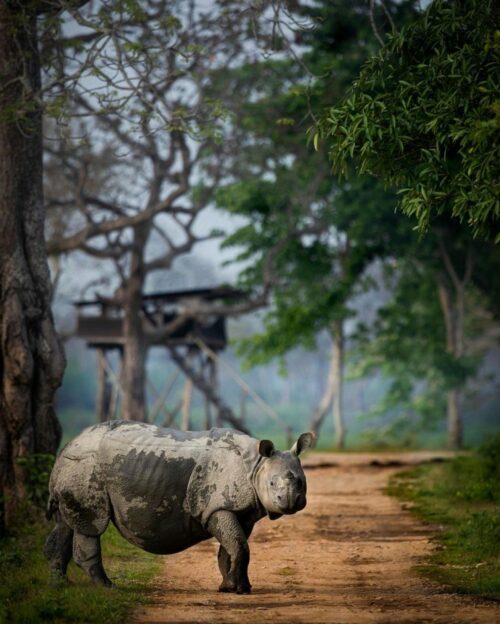
Situated in the northeastern state of Assam, the Kaziranga National Park is one of the most acclaimed for wildlife conservation. Also a UNESCO World Heritage Site, the national park is noted for its successful conservation of the Indian one-horned rhinoceros which was almost on the verge of extinction.
Besides, being a unique destination for capturing the one-horned wonder, it is also a tiger reserve with a high-density population of Bengal Tigers. Asiatic wild buffaloes, hog deer, hoolock gibbons are some of the other species of animals found at Kaziranga which is also home to around 495 species of avians.
Photo credits: Aarzoo Khurana ( @aarzoo_khurana on Instagram)
3. Keoladeo National Park, Rajasthan
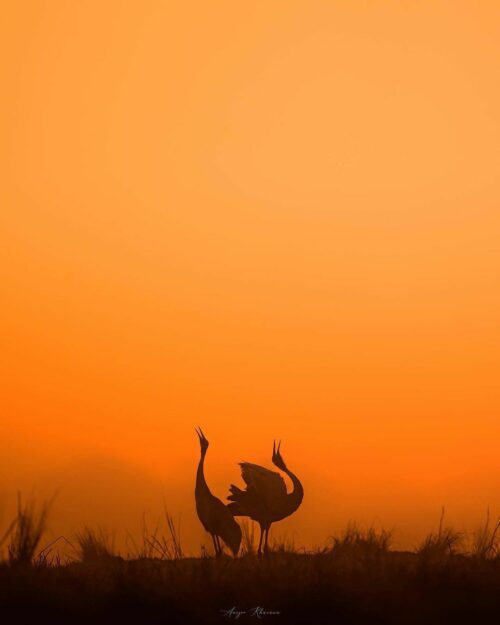
Known as the bird watcher’s paradise, Keoladeo National Park makes the perfect location for wildlife photographers who want to capture the amusing habits and colours of the avian species. The national park, formerly known as the Bharatpur Bird Sanctuary, has approximately around 370 species of birds and was declared a world heritage site by UNESCO in 1985. Siberian Rubythroat, Marsh Harrier, Dalmatian Pelican, Indian Courser, Eurasian Spoonbill, Ferruginous Duck are some of the members of bird species that are found at Keoladeo.
Other than the avians, the national park is also has a decent population of different varieties of fish, reptiles and amphibians.
Photo credits: Aarzoo Khurana ( @aarzoo_khurana on Instagram)
4. Satpura Tiger Reserve, Madhya Pradesh
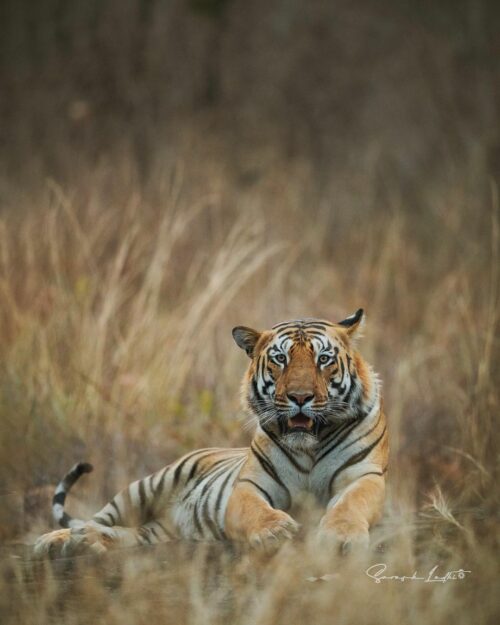
One of the most scenic tiger reserves in India, the Satpura Tiger reserve is located in the Satpura Range of Hoshangabad district in Madhya Pradesh. The reserve is formed by joining three wildlife sanctuaries, namely, Satpura, Pachmarhi and Bori where each of them have different terrains. Other than tigers, the reserve is known for its sightings of spotted deer, Indian bison, leopards, blackbuck, marsh crocodile, langurs and also the rare Indian giant squirrel.
Photo credits: Sarosh Lodhi ( @saroshlodhi on Instagram)
5. Ranthambore National Park, Rajasthan
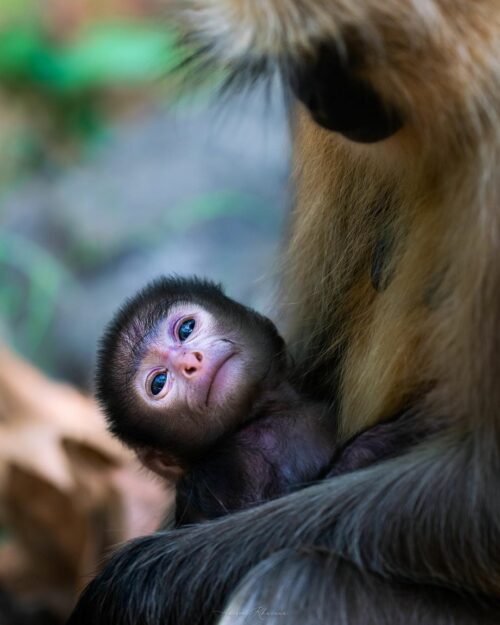
Set in the foothills of Vindhya and the Aravalli hills, the Ranthambore National Park in Rajasthan is one of the ideal places in India for wildlife photography. The national park along with the Ranthambore fort and surrounding hills and valleys creates a beautiful background for photography. The good population of tigers makes it convenient for wildlife enthusiasts to view and capture the big cats in their natural habitats. Apart from that, the park is also home to other animals like leopard, striped hyena, sambar deer, chital (Spotted deer), nilgai, gray langur and crocodile.
Photo credits: Aarzoo Khurana ( @aarzoo_khurana on Instagram)
6. Gir National Park, Gujarat

The Gir National Park, located in Gujarat, is known for being the only natural habitat of the Asiatic lions in India and hence considered one of the most important protected areas in Asia. The rugged topography and moderate climate support a wide variety of flora and fauna in Gir.
Apart from the Asiatic lions, Gir is also the abode of other species such as leopards, sloth bears, striped hyenas, jungle cats, golden jackals, langurs, spotted deer, barking deer, nilgai, chinkaras, gazelles and sambar deer.
December to March is suggested to be the best months to visit this national park when the cold mornings and prolonged golden light in the forest are suitable for photographs.
Photo credits: Tapan Sheth ( @tapansheth on Instagram)
7. Kabini Forest Reserve, Karnataka
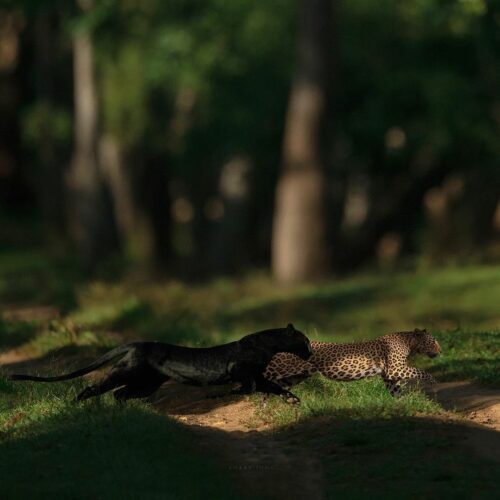
Situated on the banks of the Kabini river, this forest reserve is a vital part of the Nagarhole National Park or Rajiv Gandhi Tiger Reserve in Karnataka. The place is known for its beautiful lakes, streams and valleys and was once the hunting ground for the Mysore Kings.
Currently a popular tourism spot, this forest reserve is famous for its sightings of tigers, leopards, elephants, deer, Indian gaurs and was in news for the sighting of a rare black panther.
Photo Credits: Shaaz Jung ( @shaazjung on Instagram)
8. Pench National Park, Madhya Pradesh

Named after the river Pench, this national park is located on the southern boundary of Madhya Pradesh. It is known for inspiring Rudyard Kipling to pen his iconic novel — The Jungle Book.
The park serves as a dwelling land of numerous wild species including the ferocious Bengal tigers. Also, there is a huge variety of other mammals, reptiles and amphibians and over hundreds of species of birds including migratory birds.
Photo credits: Mithun Hunugund ( @mithunhphotography on Instagram)
9. Bandipur Tiger Reserve, Karnataka

Located amidst the scenic background of the Western Ghats in Karnataka, the Bandipur Tiger Reserve is one of the most beautiful national parks in India. It is an important part of the Nilgiri Biosphere Reserve and is particularly known for tigers and elephants.
Apart from tigers, several other endangered species such as sloth bears, gaurs, Indian rock pythons, jackals, muggers, and four-horned antelopes can be spotted in this national park. There are over 200 species of birds and also diverse flora.
Photo credits: Tauseef Ahmad (@tauseef_traveller on Instagram)
10. Hemis National Park, Ladakh

One of the noted wildlife destinations in India, the Hemis National Park located in Ladakh is famous for its high population of snow leopards and a wide variety of birds. The rich wildlife in the park includes several endangered animals and the ones found exclusively at high altitude areas like the bharal (Bleu du Maine), shapu (Ladakh Urial), Himalayan Marmot, Himalayan Mouse Hare and the snow leopard.
It is also home to a huge variety of avians, like the golden eagle, lammergeier vulture, robin accentor, streaked rosefinch, red-billed chough and fire-fronted serin. Thus making the national park a destination equally enjoyed by wildlife enthusiasts, photographers and trekkers. As it is situated in the rain shadow area of the Himalayas, the park is dotted with dry forests.
Photo credits: Behzad J. Larry (@behzadlarryphoto on Instagram)
(Edited by Yoshita Rao)
If you found our stories insightful, informative, or even just enjoyable, we invite you to consider making a voluntary payment to support the work we do at The Better India. Your contribution helps us continue producing quality content that educates, inspires, and drives positive change.
Choose one of the payment options below for your contribution-
By paying for the stories you value, you directly contribute to sustaining our efforts focused on making a difference in the world. Together, let’s ensure that impactful stories continue to be told and shared, enriching lives and communities alike.
Thank you for your support. Here are some frequently asked questions you might find helpful to know why you are contributing?


This story made me
-
97
-
121
-
89
-
167











